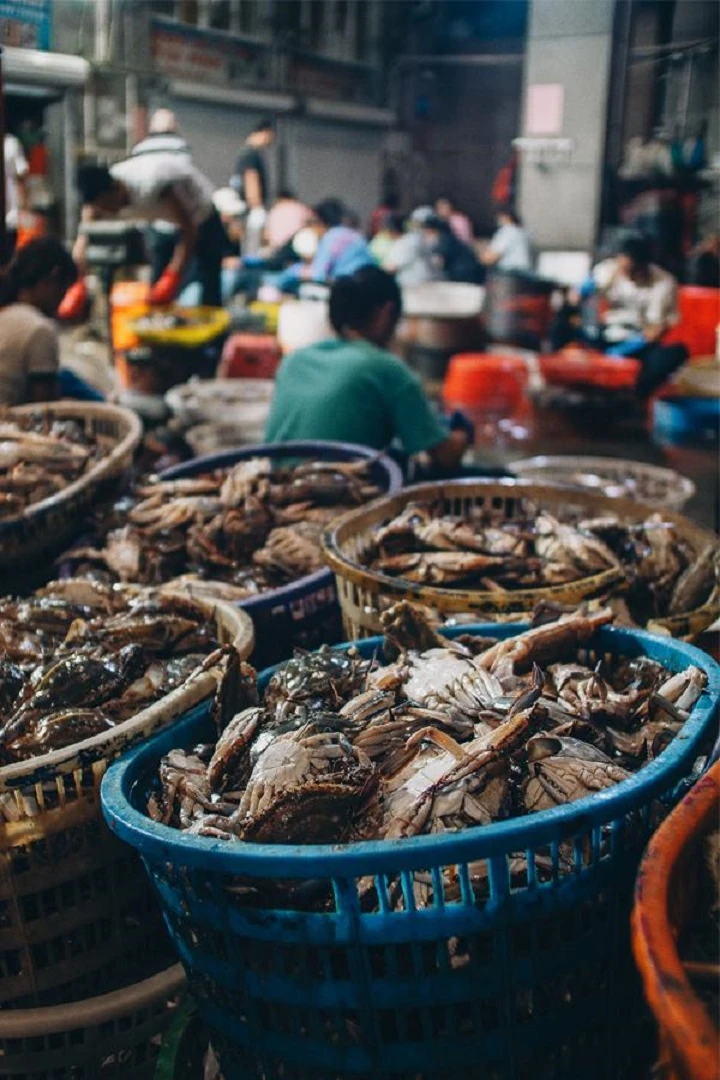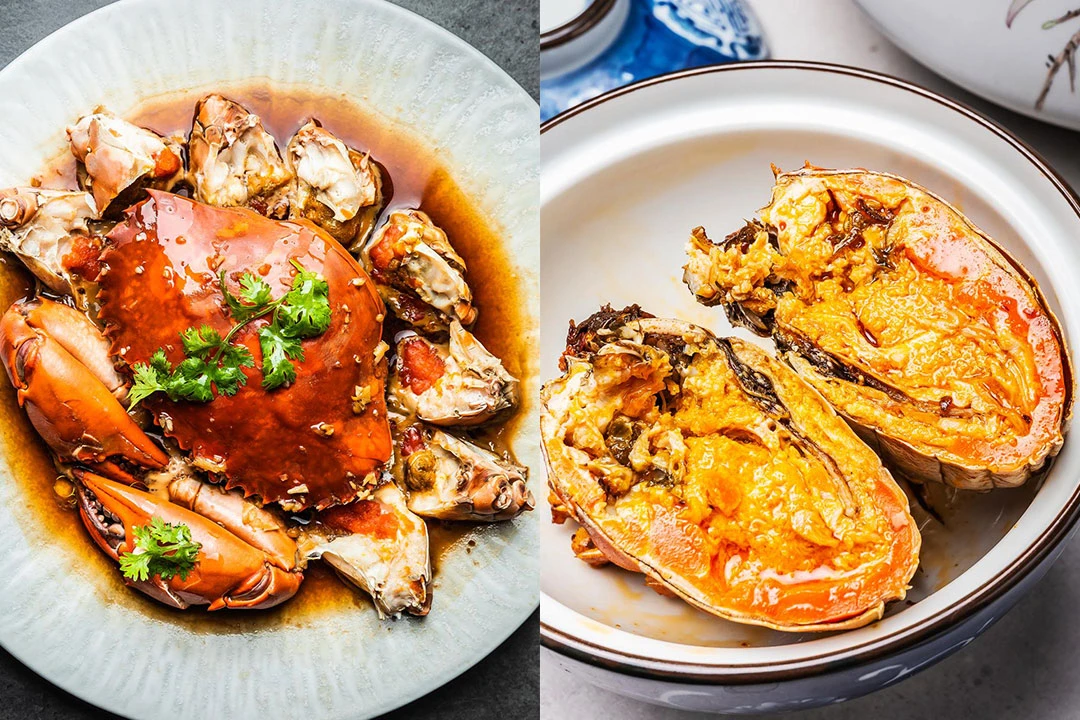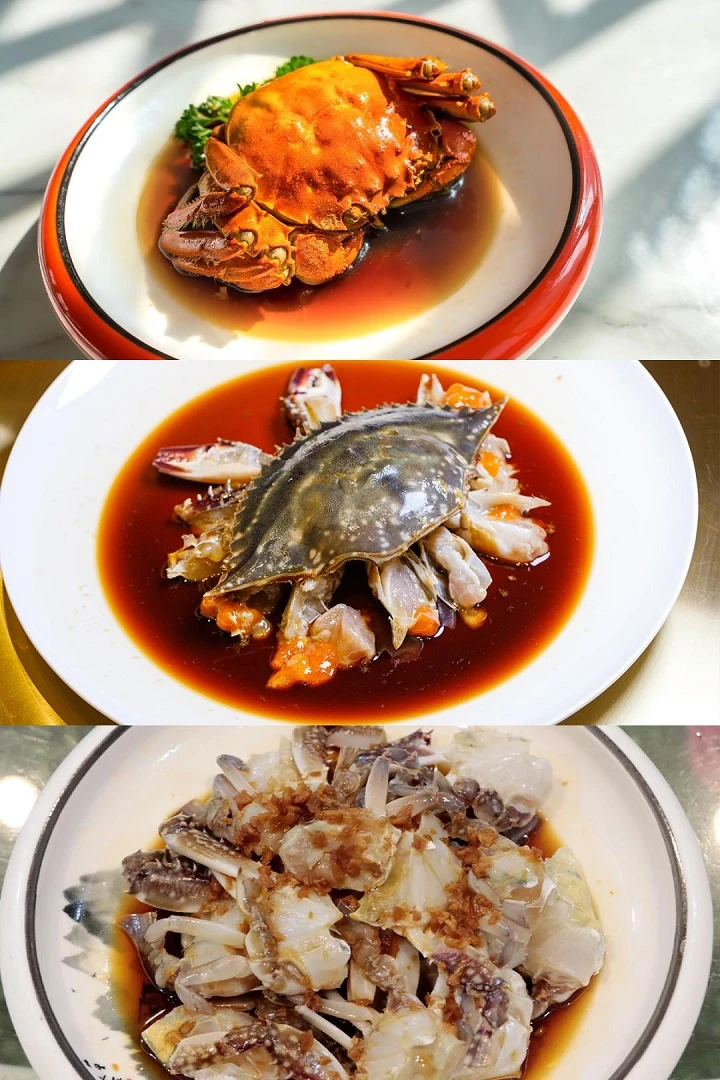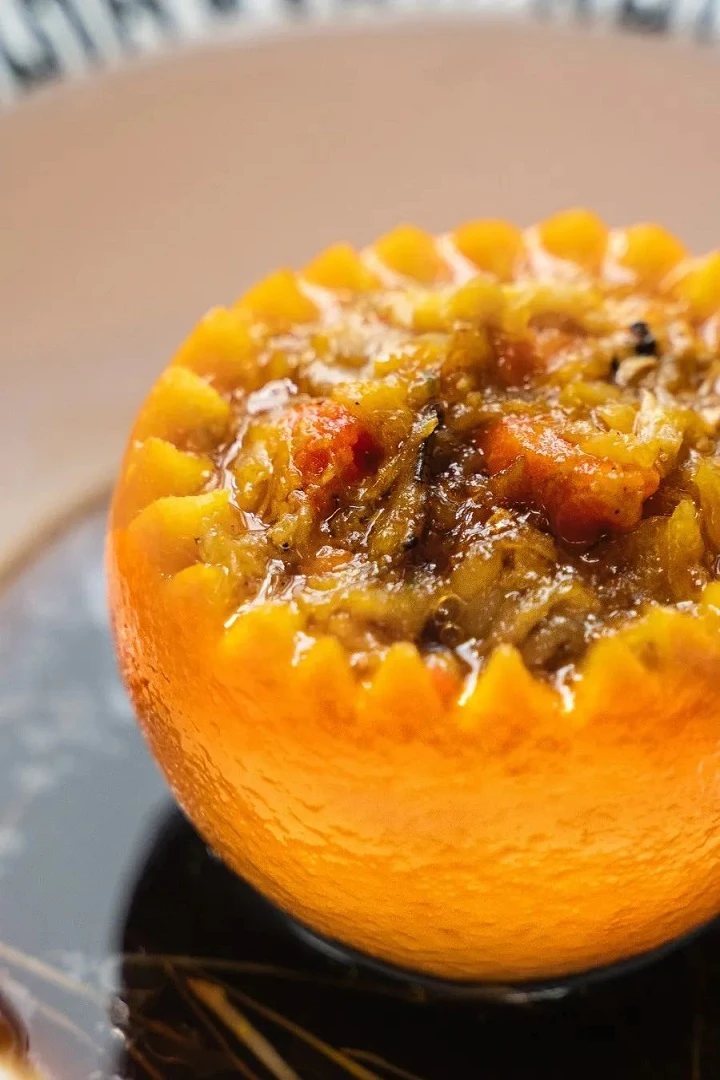As the calendar turns to August, the East China Sea bursts into life. Thousands of fishing boats set sail from Zhoushan, Zhejiang, returning with bountiful catches. Among the treasures of the sea, one stands out as both a beloved delicacy and an overwhelming challenge for the locals— the Chinese mitten crab. This seasonal bounty transforms every meal into a crab-centric feast, to the delight and sometimes the exasperation of Zhejiang's residents. For those who cherish the flavor of crabs, autumn in Zhejiang is nothing short of paradise. For others, it's a never-ending culinary marathon that seems to revolve around this one crustacean.
The arrival of mitten crabs marks the beginning of a culinary adventure in Zhejiang. From early August to the end of the season, families find themselves inundated with crabs. Early in the month, mothers scour markets for the freshest crabs, while fathers race to the docks to secure the day's catch. Friends share their surplus, and before you know it, crabs are on the menu for every meal.
Breakfast might feature boiled crabs, lunch could involve stir-fried crabs, and dinner might see them steamed to perfection. The week becomes a revolving door of crab preparations— Monday's dry roasting, Tuesday's scallion and ginger, Wednesday's steamed eggs, Thursday's salt-baked, Friday's marinated, Saturday's homestyle stew, and Sunday's crab-stuffed rice cakes. The relentless abundance of crabs turns what should be a seasonal treat into a culinary puzzle: how to make each meal feel fresh and exciting when crabs are always the star of the show?

Zhejiang's Love Affair with Crabs: A Tradition Steeped in History
Zhejiang is not just a province with an abundance of crabs; it's a region where the art of cooking crabs has been perfected over centuries. The crabs pulled from the sea are just one part of a much larger picture. In the coastal waters, where mangroves meet the sea, mud crabs are transformed into simple yet flavorful dishes, like Taizhou's signature home-cooked mud crab. In the lakes and fields, hairy crabs and lake crabs are either marinated in Shaoxing wine, filling the air with the aroma of alcohol and fresh crab, or meticulously crafted into delicate dishes like crab-stuffed oranges. Even the unassuming sand crabs and tiny "paddy crabs" from the tidal flats find their way into inventive dishes such as crab sauces or simply preserved with salt.
Zhejiang's approach to crab cooking is as diverse as it is rich in tradition. Steaming crabs might be the most popular method elsewhere, but here, it's just one of many options. Crabs can be eaten raw or cooked, pan-fried, grilled, stir-fried, or stewed. The possibilities are endless, reflecting the province's deep connection to the sea and its bounty.
One dish that exemplifies Zhejiang's mastery of crab cooking is the Crab-Stuffed Orange, which even made its way to the banquet of the G20 Hangzhou Summit. This dish isn't a recent innovation but dates back to the Southern Song Dynasty, as recorded in ancient culinary texts. It's a testament to the region's long-standing tradition of marrying fresh seafood with creative culinary techniques.
Crabs Across Zhejiang: A Regional Exploration
The culinary diversity of Zhejiang is perhaps best understood through its regional specialties. In Taizhou and Wenzhou, the unique "home-style" crab preparation has been a local favorite for generations. This method involves pan-frying the crabs in lard, followed by a quick braise in rice wine, creating a rich, aromatic dish that perfectly balances the flavors of the sea and the earth.
Ningbo, the heart of Yongbang cuisine (甬帮菜), offers a different take on crabs. Here, the autumn season sees the rise of crab soup, a comforting dish that blends the natural sweetness of crab with the richness of local produce. Ningbo's famed water-milled rice cakes are often stir-fried with crabs, creating a dish where the rice cakes absorb the crab's essence, becoming even more flavorful than the crabs themselves.
In Wenzhou, the locals take a different approach to mitten crabs, known locally as "river crabs." These crabs are frozen before being marinated, resulting in a dish where the crab meat becomes tender and smooth, almost like ice cream. The marinade, a mixture of white wine, salt, pepper, and ginger, adds a spicy kick that complements the natural sweetness of the crab.
Even the smaller crabs, such as the sand crabs from the coastal flats, play a significant role in Zhejiang's culinary landscape. These crabs are often preserved with salt or cooked in a rich "zao shao" method, where the crabs are simmered in a wine-based broth until they are bursting with flavor.
For the people of Zhejiang, crabs are more than just a seasonal delicacy—they are a way of life. The province's extensive coastline and rich inland waterways ensure that crabs are always on the menu, offering an endless array of dishes that showcase the region's culinary creativity. Whether it's the simple pleasure of a steamed crab or the complex flavors of a crab-stuffed orange, Zhejiang's crab dishes are a testament to the province's deep connection to the sea and its bounty. As autumn arrives, bringing with it the bounty of the East China Sea, the people of Zhejiang embrace the season with open arms—and open mouths.



